World Design Capital (WDC)
Comprising 95 communes, Lille Metropole is the seventh title holder of the World Design Capital® designation. Under the theme of “Design is Capital”, Lille Metropole shared a unique and innovative programme that reflected the diversity and dynamism of design projects in the region. WDC Mexico 2018 Mexico City is a megalopolis, the largest metropolitan area in North America, located in the center of the country of Mexico. It’s a multiplicity of cities, each with its own identity and many as big as major worldwide capitals that together form a fascinating kaleidoscope of diversity and endless opportunities. Some say Mexico City is like a trip though time because it’s layered in a 1,000 years of culture with each civilization building upon another. Ancient Aztec ruins neighbour Spanish colonial churches, gleaming glass and steel towers, alongside modernist housing. Through WDC®, 2018 WDC Mexico seeks to promote design and creativity as key change-makers in society. Mexico seeks to establish a dialogue between community members by showcasing best practices of design and their life changing capacity. Regeneration will take place in low-income areas around the city where it aim to transform lives though design, with urbanization and public space transformation. The year will also include a rich agenda of activities that provoke thought and action not only among our creative community but the general public alike. WDC Taipei 2016 Hosting World Design Capital 2016 brings us another step closer to the goal of “Design Taipei”! Taipei City is committed to reinventing itself as a city with design vision. This not only is a vision of embedding design in the planning process for urban development, but also an invitation to the whole world to come and witness Taipei’s progress. We call our city’s story “Adaptive City – Design in Motion” in the hope that Taipei, as a city with limited resources, can continue to demonstrate innovative vitality and create happiness and well-being in its citizen’s lives, as well as applying collective wisdom to realize the promise of a better, more beautiful and happier “livable city.” WDC Cape Town 2014 In keeping with its WDC theme—“Live Design. Transform Life.”—Cape Town has been bringing design-led thinking processes into the execution of its urban planning, fostering dialogue and exchange between citizens and government, developing large-scale transportation infrastructure as the foundation for the city’s future economic growth, and working hard toward the goal of creating a hometown that is safer, is more efficient, and better matches its people’s aspirations. As World Design Capital for 2014, Cape Town not only made No. 1 in The New York Times’ list of “52 Places to Go in 2014,” but also ranked first among the UK Guardian newspaper’s top 40 holiday hotspots. WDC Helsinki 2012 WDC Cape Town 20For many years the open Nordic city of Helsinki has seen design as an important driver of its urban development. By hosting World Design Capital in 2012, it sought to combine design and innovation even more closely with everyday living, to create an irreplaceable city design brand. Statistics show that two-thirds of Helsinki citizens took part in activities associated with WDC 2012, and almost 45% of residents believed that the WDC 2012 project had impacted their everyday lives. Excitingly, WDC’s many positive benefits did not cease with the project’s completion, for in 2013 Helsinki launched a two-year continuation program entitled “Design Driven City” to carry forward the spirit of WDC and integrate design even more closely in its city governance. 14 WDC Seoul 2010 Major cities worldwide are experiencing continuous population growth. How these cities can use design to transform themselves so as to meet their populations’ needs has become an important topic. With its WDC theme of “Design for All,” Seoul executed more than 114 engineering projects, including the Hangang Renaissance Project and the Dongdaemun Design Plaza, greatly improving Seoul citizens’ quality of life and raising their awareness of design. Seoul’s experience as World Design Capital helped the city to reach No. 9 in the 2010 Global Urban Competitiveness Index, a huge advance on its ranking of 27th only four years previously; and thanks to its WDC designation Seoul was also successfully elected as a City of Design by UNESCO’s Creative Cities Network. According to Seoul’s official figures, its status as WDC 2010 increased the city’s brand value to KRW890 billion (NT$29.6 billion). WDC Torino 2008 Once a gray industrial city, in recent years Torino (Turin) has pursued a strategic plan to transform its image. Hosting the Winter Olympics in 2006 was an important milestone for Torino, and becoming the first World Design Capital in 2008 gave Torino the opportunity to shape itself as a prominent city of design. With its WDC theme of “Flexibility,” Torino communicated how modern cities must use design as a tool to respond to the challenges and changes that they are continually facing on all fronts. During Torino’s year as World Design Capital, over 80 famous international designers visited the city to engage with local companies or to act as consultants for youth workshops. More than 20 design competitions and countless workshops successfully attracted design schools, design promotion organizations, design enterprises and local government to take part in active interaction and exchange. The city also rediscovered its cultural heritage, including renovating its royal castles and refurbishing the Egyptian Museum, which houses the world’s second-largest collection of Egyptian antiquities. Torino today is not only a center of the automotive industry, but also a cultural city with which its citizens identify.Introduction
With more than half the world’s population now living in cities, design has become an increasingly fundamental tool for making cities more competitive, attractive, livable and efficient. The World Design Capital® (WDC) is designated by Icsid every two years to recognize a city’s innovative use of design for economic, social and cultural development and to showcase effective design-led revitalization strategies and projects that other cities can benefit from. Past cities to hold the WDC title include Torino (Italy) in 2008, Seoul (South Korea) in 2010, Helsinki (Finland) in 2012, and Cape Town (South Africa) 2014. Mexico City (Mexico) in 2018, Lille Metropole (France) in 2020 and Valencia (Spain) in 2022. The cities of San Diego (USA) and Tijuana (Mexico) will jointly hold designation in 2024.
For more information please visit The World Design Capital Orgnazation (WDO)
Valencia 2022

Lille Metropole 2020
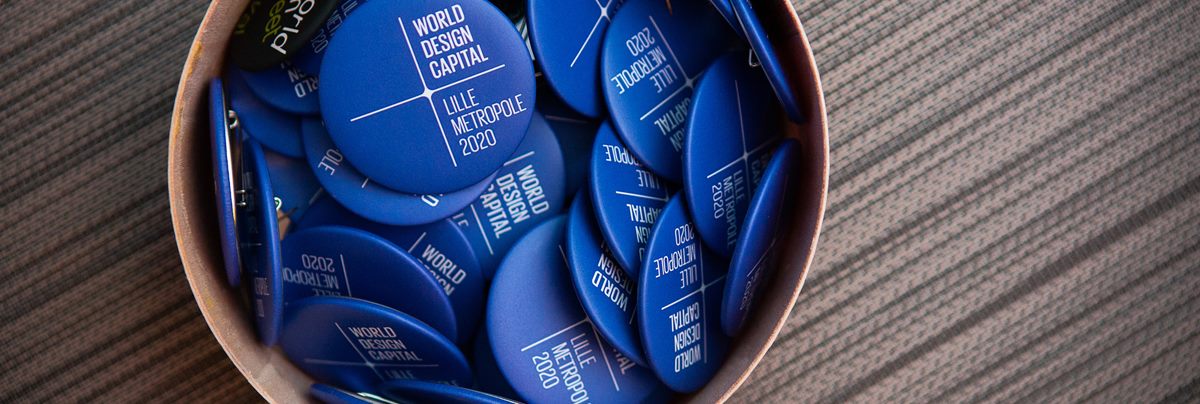
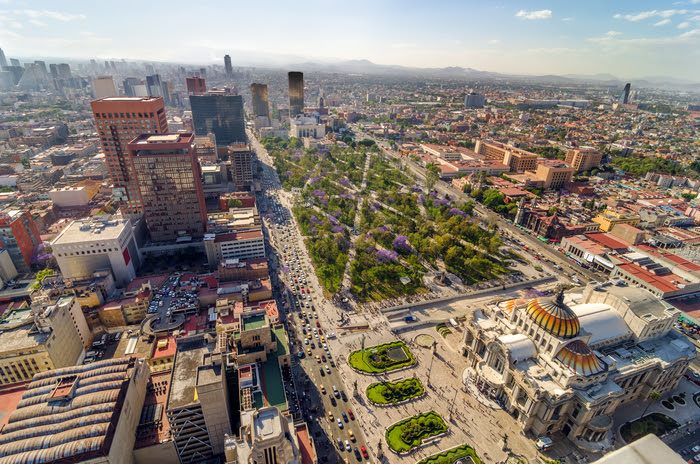
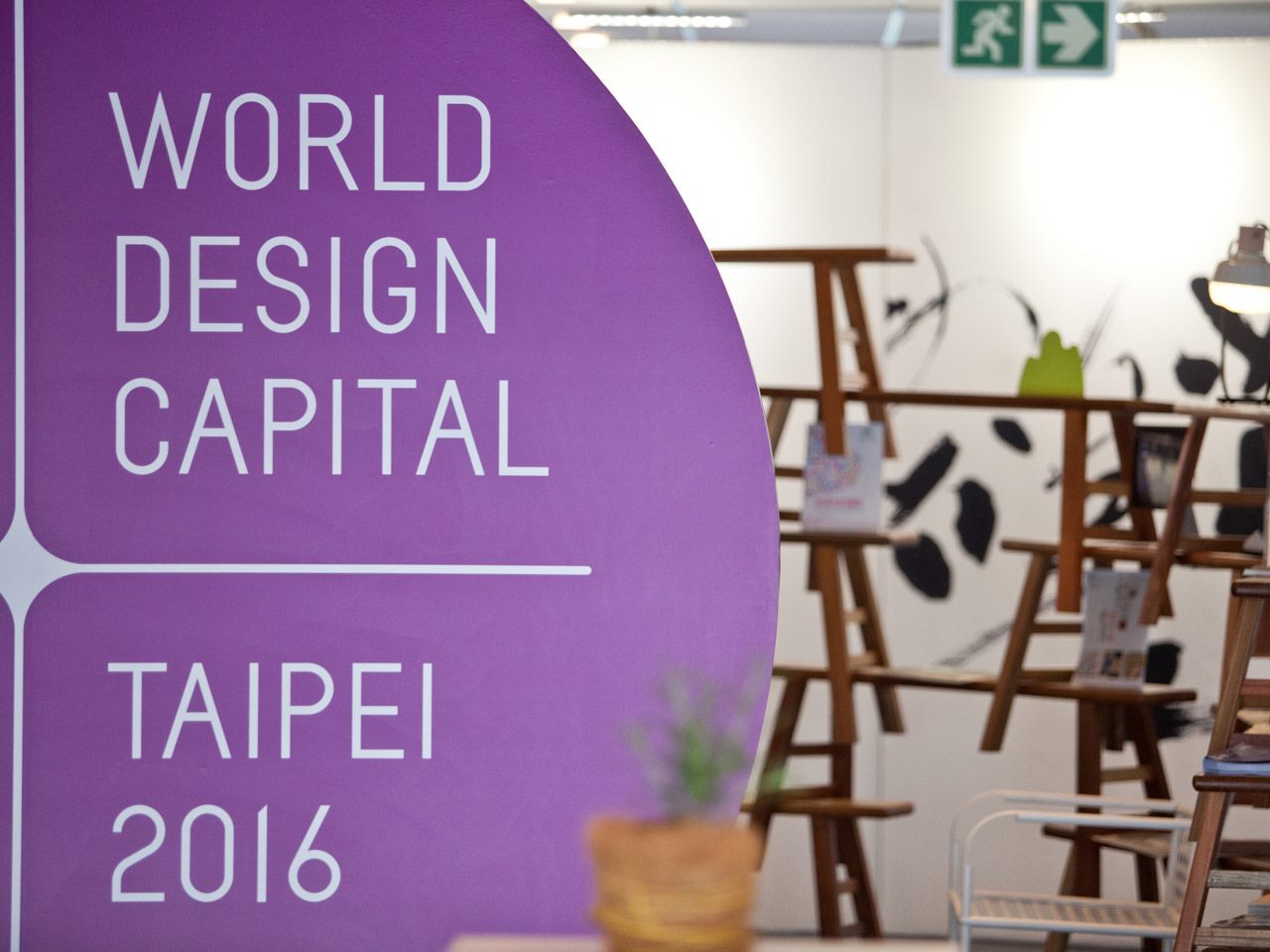
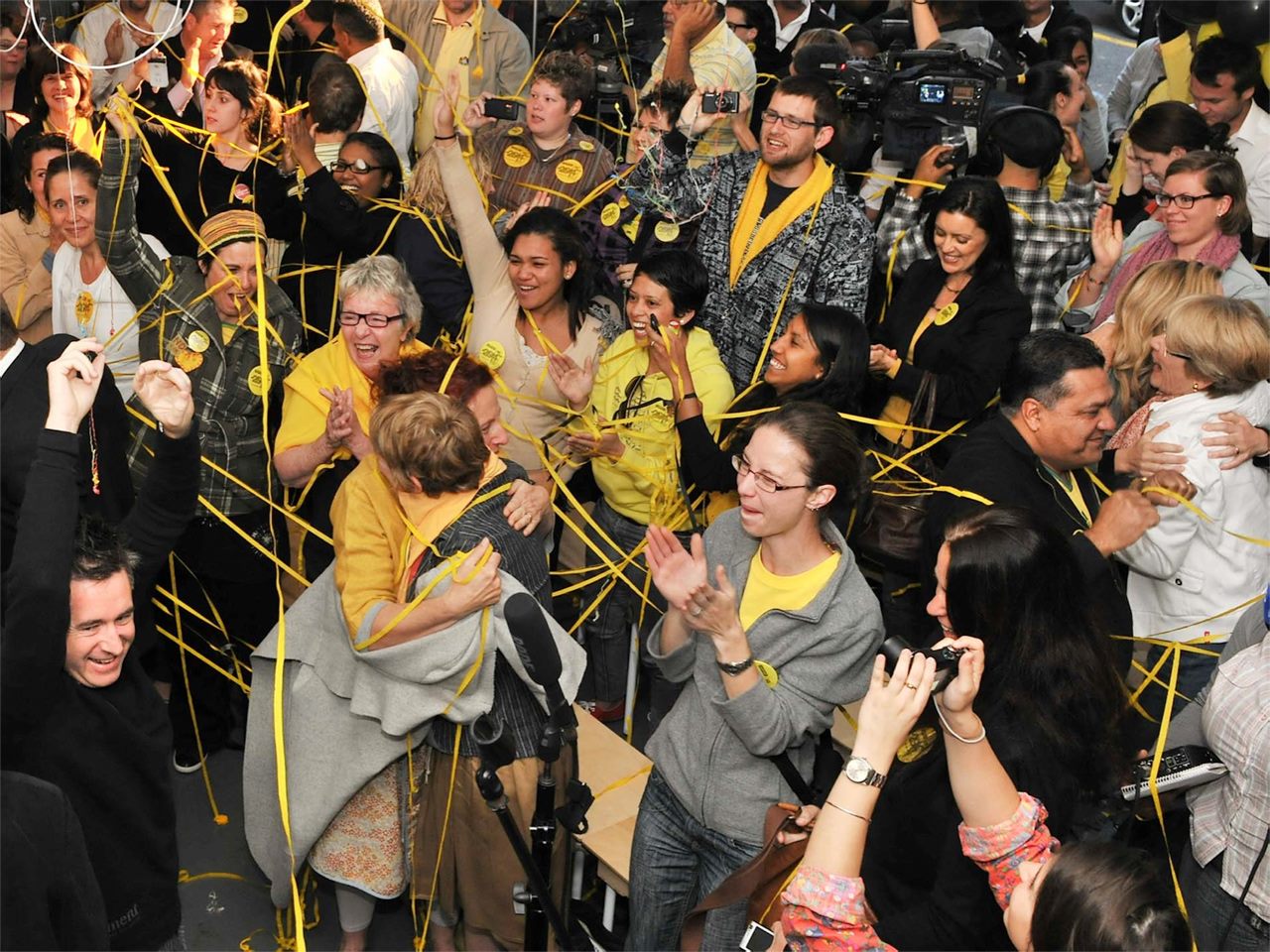
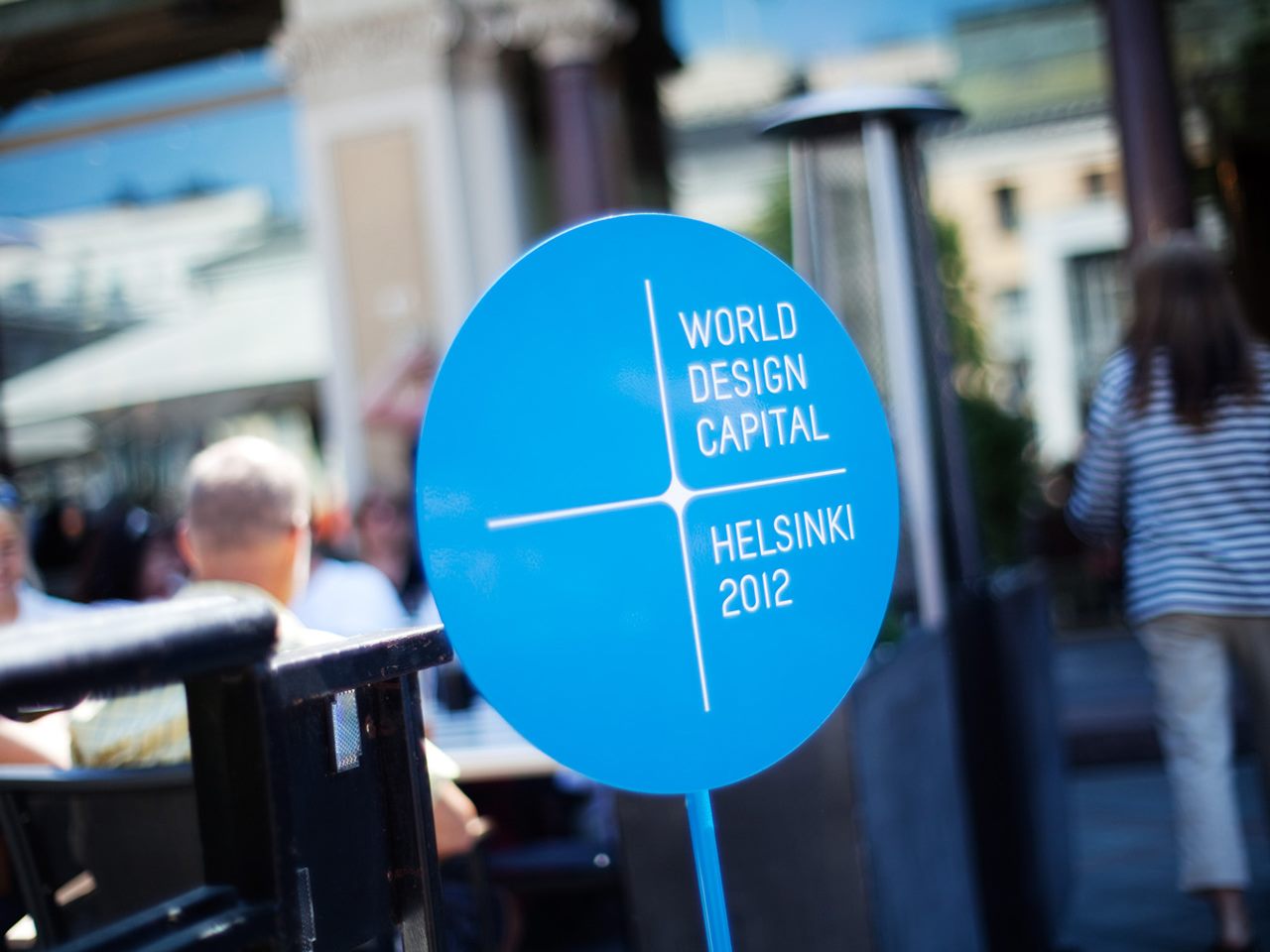
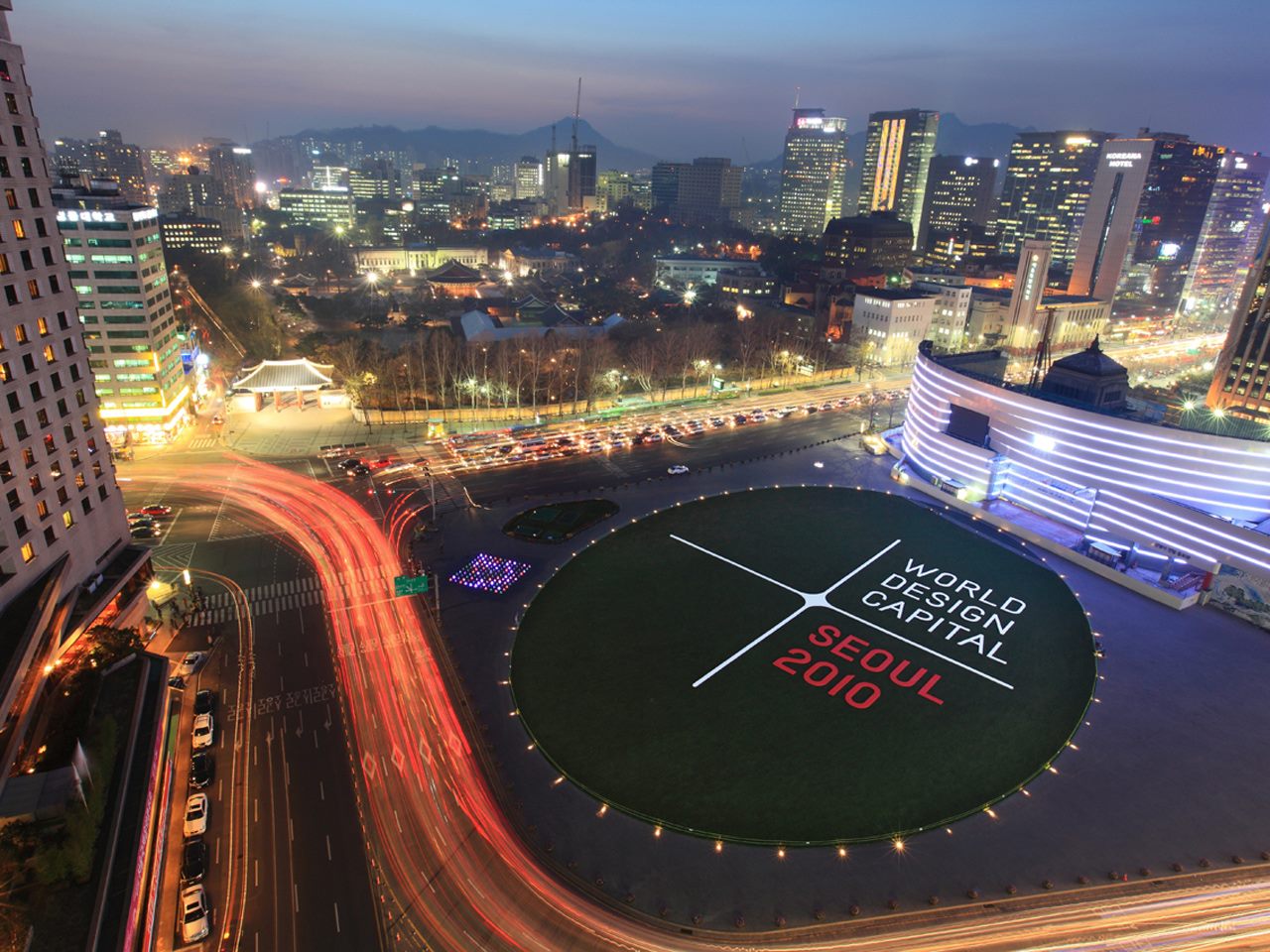
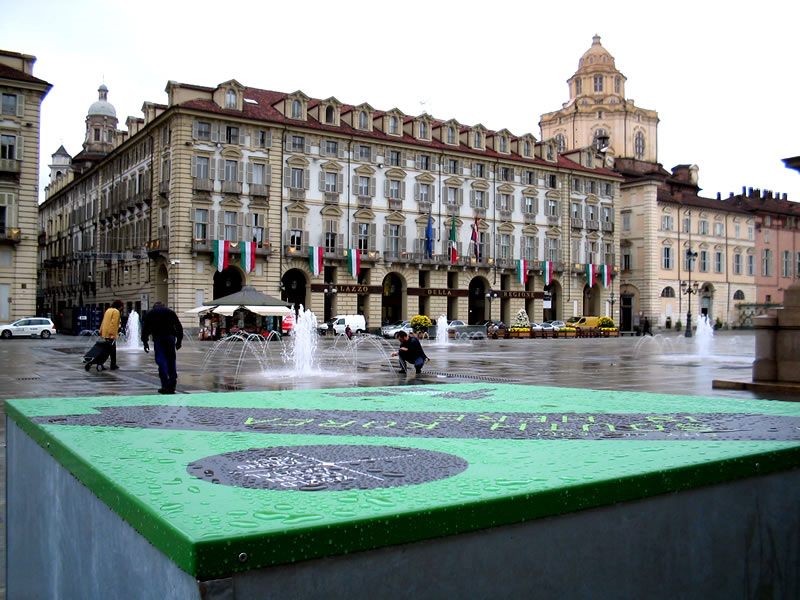

![Taiwan.gov.tw [ open a new window]](/images/egov.png)
